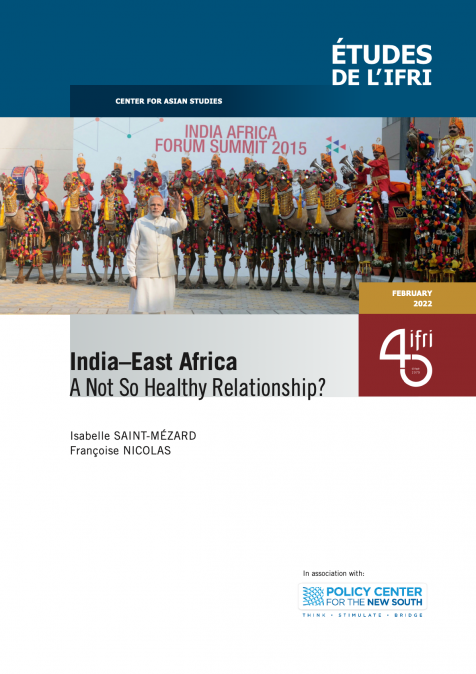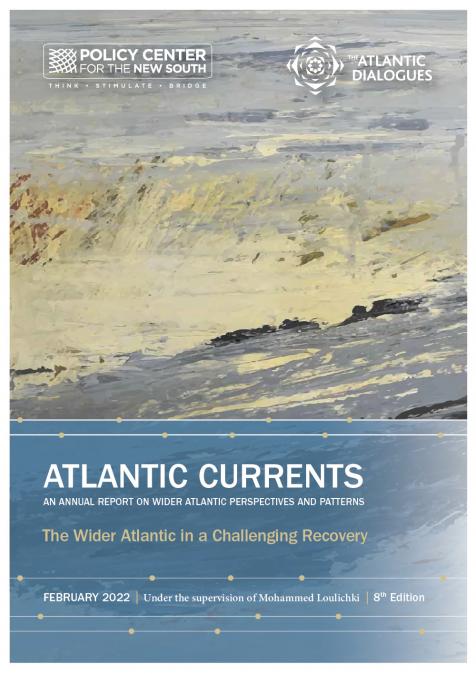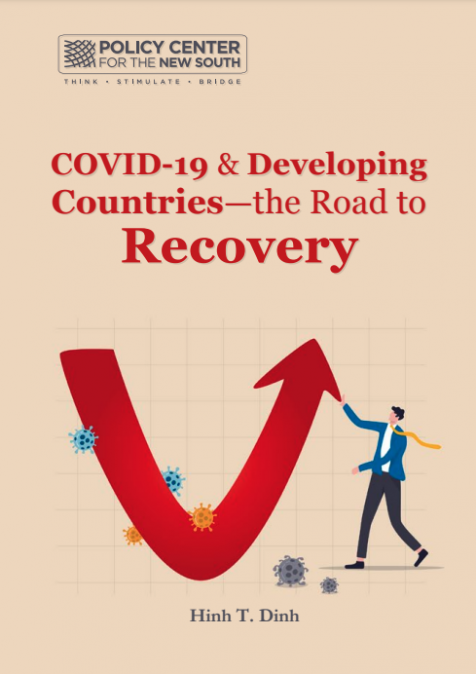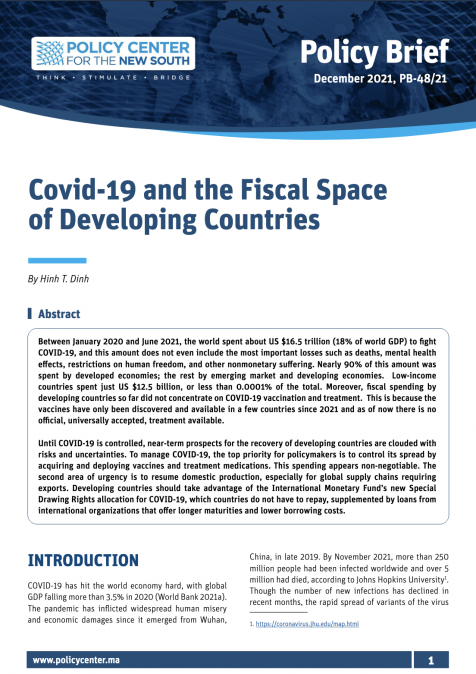Publications /
Research Paper
Ce papier offre un rapport de bilan et de perspectives de la Covid-19 en Afrique, en se fondant notamment sur les statistiques publiées par l’Organisation mondiale de la Santé (OMS) et par le Centre pour la prévention et le contrôle des maladies de l’Union africaine (UA).
L’analyse des évolutions globales dans le continent permet de tirer plusieurs enseignements :
(1) Le nombre de cas est relativement faible en Afrique avec, au 27 septembre 2020, 111 cas déclarés Covid-19 sur 100 000 habitants, contre 2 151 aux Etats-Unis, 784 en Russie, 2 235 au Brésil, 439 en Inde, 787 en France et 6 en Chine. L’Afrique australe est la région la plus touchée en Afrique avec un total de 331 cas déclarés Covid-19 sur 100 000 habitants. Elle est suivie, dans l’ordre décroissant, par l’Afrique du Nord (159/100 000), l’Afrique de l’Ouest (47/100 000), l’Afrique de l’Est (45/100 000) et l’Afrique centrale (40/100 000).
(2) Le nombre de nouveaux cas déclarés est en baisse sur le continent avec 18 nouveaux cas déclarés /100 000 habitants entre le 19 juillet et le 2 août, contre une moyenne de 8/100 000 entre le 13 septembre et le 27 septembre 2020. Cette baisse est constatée dans les régions de l’Afrique de l’Est, du Centre, de l’Ouest, et particulièrement en Afrique australe. Cette dernière affiche sur les 3 derniers mois une moyenne de 14 nouveaux cas déclarés /100 000 habitants toutes les deux semaines, avec une tendance à la baisse.
Contrairement aux autres régions, l’Afrique du Nord a enregistré une dynamique haussière entre août et septembre 2020, avec une moyenne de 27 nouveaux cas pour 100 000 habitants, tous les quinze jours.
(3) Au 27 septembre 2020, le continent affichait un taux moyen de guérison de 84%, avec de fortes disparités selon les pays. (4) L’Afrique affiche un taux de létalité faible, en baisse depuis mi-avril 2020, estimé à 2,6% et défiant les projections initiales qui chiffraient les décès potentiels entre 300 000 et 3 300 000 entre mars et décembre 2020.









